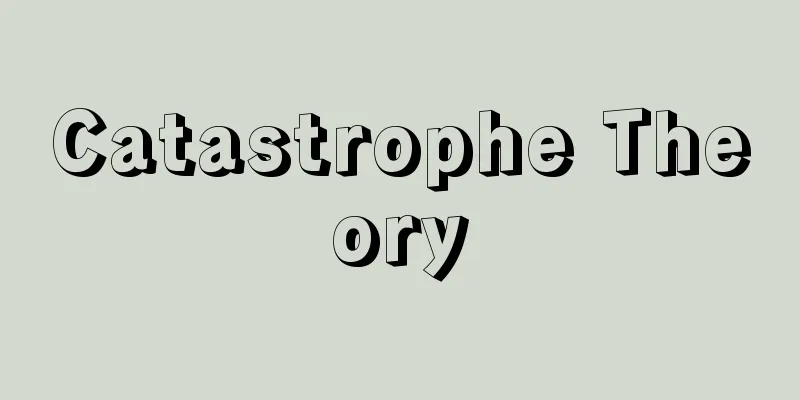Columbea

|
…The pollen does not have an air sac like the Pinaceae, and 13 to 40 prothallus cells are produced. There are three types of species: Bunja (New Zealand), whose seeds germinate underground and whose hypocotyls grow and thicken, Columbea (South America), and Eutacta (Southeast Asia, Australia), whose seeds germinate on the ground and whose hypocotyls do not grow and thicken. The morphological characteristics correspond to the geographical distribution. As fossils, they were widely distributed throughout the world, beginning in the Triassic Period and continuing through the Jurassic and Cretaceous Periods. … *Some of the terminology that mentions "Columbea" is listed below. Source | Heibonsha World Encyclopedia 2nd Edition | Information |
|
…花粉にはマツ科のような気囊はなく,前葉体細胞は13~40個つくられる。種子が地中で発芽し,胚軸が肥大生長するブンヤ節Bunja(ニュージーランド)と,コルンベア節Columbea(南アメリカ),地表で発芽し,胚軸が肥大生長しないエウタクタ節Eutacta(東南アジア,オーストラリア)とがあり,形態的特徴は地理的分布と一致する。化石としては三畳紀にはじまり,ジュラ紀,白亜紀を通じて,全世界に広く分布していた。… ※「Columbea」について言及している用語解説の一部を掲載しています。 出典|株式会社平凡社世界大百科事典 第2版について | 情報 |
<<: Columbia (animal) (English spelling) Columbia
>>: Columba versicolor (English spelling)
Recommend
Feminism - feminism
The word originates from the Latin femina (woman)...
Angstrom - Angstrom (English spelling)
A unit of length equal to 10 -10 meters. Also cal...
Kanebo Acrylic
…In Japan, seven companies produce acrylic fibers...
Agrayana - Agrayana
…At the beginning of spring, a ritual is held to ...
Aterana Drama - Ateranageki
...However, there were also plays in the Italian ...
Legendary site of the Okehazama Battlefield - Okehazama Battlefield Legendary Site
<br /> The remains of an ancient battlefield...
Olympic flag - Olympicki (English spelling) Olympic flag
During the Olympic Games, this flag is hoisted on ...
Mitsuru Okada
1894-1913 A nationalist of the Taisho period. Bor...
National Chronicle - Kokki
A historical book compiled by Prince Shotoku and S...
Nishina Shinmei Shrine
This shrine is located in Omachi City, Nagano Pref...
Volcanic ash soil
Soil whose parent material is volcanic ash. When ...
Indirect sign - silhouette sign
A type of electric sign in which light bulbs or ne...
Aburatsu
A port town in Nichinan City in the southern part...
Fliess, W. (English spelling) FliessW
...The fact that Freud placed the greatest import...
Eye lotion (English spelling) eye lotion
…Medicines used to treat eye diseases. Eye drops ...









